Ford Explorer (2002-2023) firing order — diagram & guide
Exploring the best with the Ford Explorer firing order.

As a compact SUV, the Ford Explorer has been one of the best options in this vehicle category, and for a good reason. The lineup of Explorer engines is pretty dependable for the most part, but few options require more frequent maintenance than others.
That’s where the Ford Explorer 2002-2023 firing order comes in and we’ve decided to give you a complete tour. That’s why we’ll discuss the firing order of every single option among Explorer models and focus on their issues and cylinder configurations for the benefit of keeping your machine running smoothly.
| Car Model Year | Engine | Firing Order |
|---|---|---|
| 2002 – 2006 Explorer (3rd Gen) | 4.0L V6 | 1-4-2-5-3-6 |
| 4.6L V8 | 1-3-7-2-6-5-4-8 | |
| 2007 – 2011 Explorer (4th Gen) | 4.0L V6 | 1-4-2-5-3-6 |
| 4.6L V8 | 1-3-7-2-6-5-4-8 | |
| 2012 – 2019 Explorer (5th Gen) | 2.0L | 1-3-4-2 |
| 2.3L | 1-3-4-2 | |
| 3.5L V6 | 1-4-2-5-3-6 | |
| 2020 – 2023 Explorer (6th Gen) | 2.3L | 1-3-4-2 |
| 3.0L EcoBoost | 1-4-2-5-3-6 |
Third-generation Explorer firing order (2002-2006)
The third-gen Explorer was one of the generation that made all the difference for this model. It came with several engine options that proved to be more than reliable and future generation models were based on these two.
That’s why we’ll discuss all the third-gen engine options along with their firing orders and cylinder layouts to make maintenance tasks simpler.
Explorer 4.0L firing order
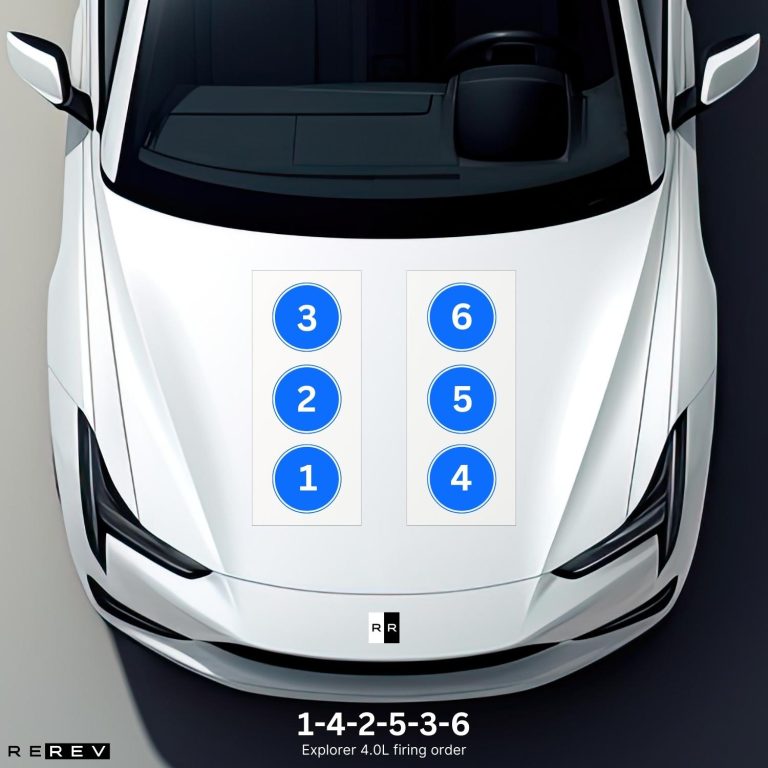
Like all the other popular models of that time, the 2003 Explorer got renewed for a 4.0-liter V6 engine. The OHV version was used in this SUV and it’s one of the most reliable V6 options that Ford has made up to date.
So, the Ford Explorer 4.0L firing order is 1-4-2-5-3-6 and the first cylinder is on the passenger’s side of the engine along with cylinders 2 and 3. The cylinders 4, 5, and 6 are on the opposite side in the other cylinder bank.
Explorer 4.6L firing order
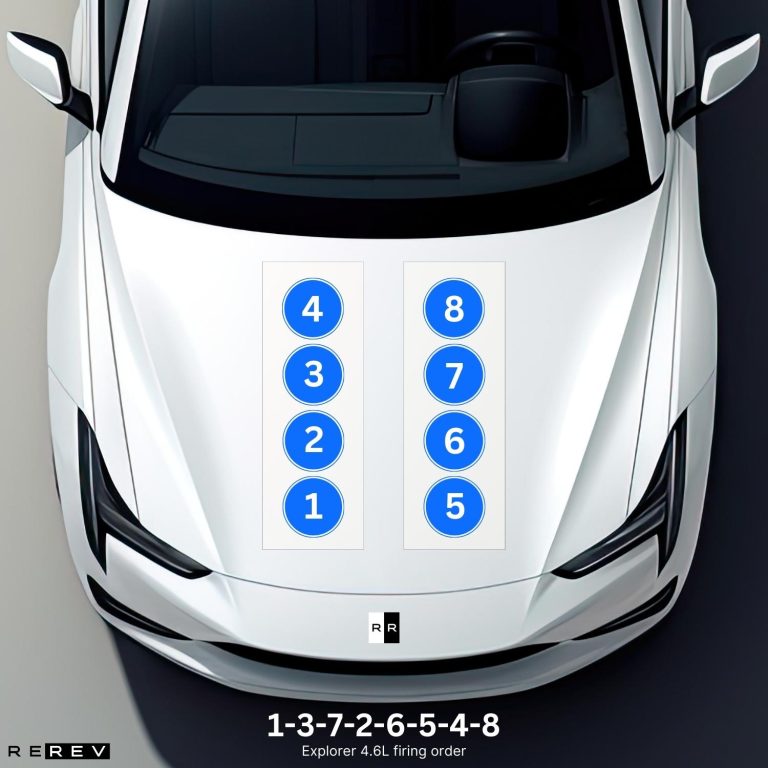
The next engine we’ll discuss is the V8 option for this model and it’s a 4.6-liter eight-cylinder engine. To make things easier for you, the Ford Explorer 4.6L firing order is 1-3-7-2-6-5-4-8. Naturally, the V8 engine is also different in terms of the cylinder layout when compared with the V6.
So, cylinders 1, 2, 3, and 4 are on the right side of the engine, and cylinders 5, 7, 6, and 8 are on the left side of the engine. The cylinders are going from to rear, so the front two engines of both cylinder banks are the first one and the fifth one.
Fourth-generation Explorer firing order (2007-2011)
For the fourth generation of the Explorer, nothing much changed in terms of engine applications. The same Cologne V6 and the V8 powertrains remained optional and there were no added options.
So, the fourth-gen Ford Explorer firing order is 1-4-2-5-3-6 for the V6 and 1-3-7-2-6-5-4-8 for the V8 4.6-liter engine. However, significant updates were there as early as the fifth generation.
Fifth-generation Explorer firing order (2012-2019)
For the fifth-gen Explorer, many things have changed in terms of the engines offered and their respective firing orders. The new model received an addition of the four-cylinder engine as a base option and the V8 went out of production for this generation.
However, the model got an update of two six-cylinder engines, and whichever is the one under the hood of your car, we’ll discuss the firing order below.
Explorer 2.0L firing order
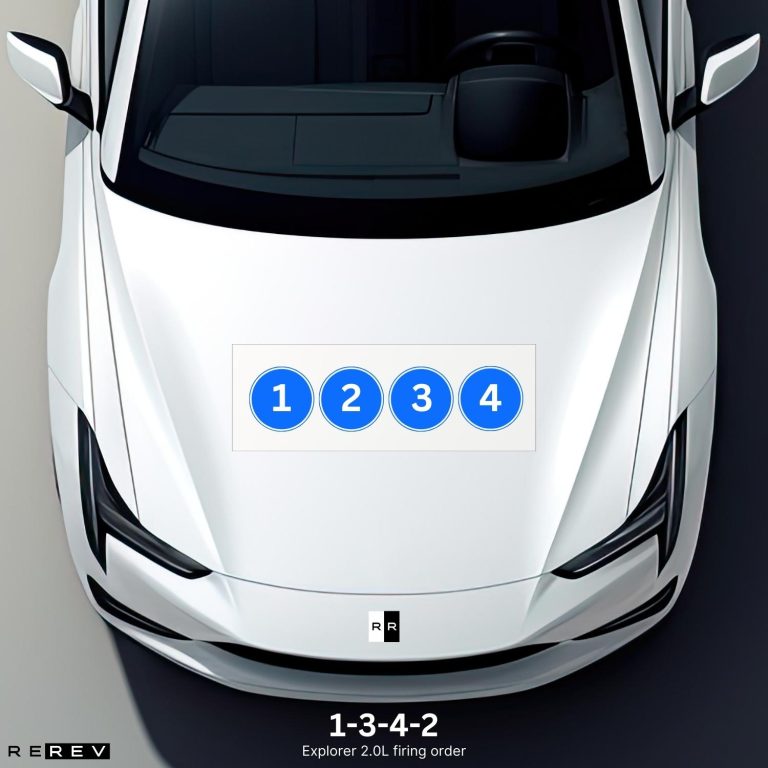
The 2.0-liter engine was first introduced with the fifth generation of the Explorer and it was a brand new engine option at the time. The key point is – the Ford Explorer 2.0L firing order is 1-3-4-2, and it’s a four-cylinder turbocharged engine.
The EcoBoost engine has cylinders 1 to 4 arranged from the left side of the engine towards the right side, so the first cylinder is the front-most one on the passenger’s side.
Explorer 2.3L firing order
Like the 2.0-liter engine, the 2.3-liter EcoBoost engine is based on the same engine block and configuration. It just has a more tow-friendly power output and is more efficient than the 2.0-liter engine for this particular vehicle model.
You’ll also need to know that the Ford Explorer 2.3L firing order is 1-3-4-2, so at least you won’t go wrong regardless of the version of the four-cylinder turbo under the hood of your car.
Explorer 3.5L firing order
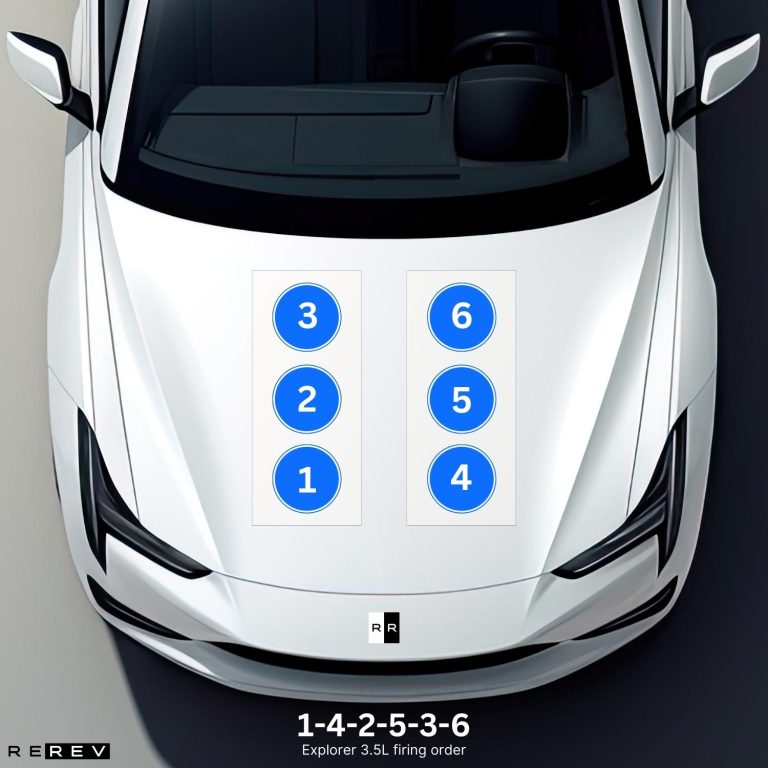
While four-cylinder engines were used in base models of the Explorer, the V6 was available for higher trims. Precisely, the 3.5-liter V6 engine and the Ford Explorer 3.5L firing order is 1-4-2-5-3-6 for both the regular engine version and the twin-turbo EcoBoost which is available for higher trims.
Because of the forced induction, this engine is known to waste a bit more coolant so that makes the firing order of the engine even more worth it. That being said, the first cylinder of this engine is in the right-side cylinder bank with cylinders 2 and 3, while cylinders 4, 5, and 6 are on the left side.
Sixth-generation Explorer firing order (2020-2023)
Finally, the most recent generation of the Explorer used a lot of the same engine options as the previous one. So, we’ve seen the four-cylinder EcoBoost engines return for this one, so the 2.3L engine is again in the lineup.
However, there are two new engines in the lineup and these are the 3.0-liter EcoBoost and the 3.3-liter hybrid V6.
Explorer 3.0L firing order
The Ford Explorer 3.0L firing order is 1-4-2-5-3-6 and the engine configuration is pretty much the same as the 3.5-liter EcoBoost from the previous generation. So, once again, cylinders 1, 2, and 3 are on the passenger’s side of the engine.
The first cylinder is the front-most one near the pulley, and the driver’s side cylinder bank houses cylinders 4, 5, and 6.
Explorer 3.3L firing order
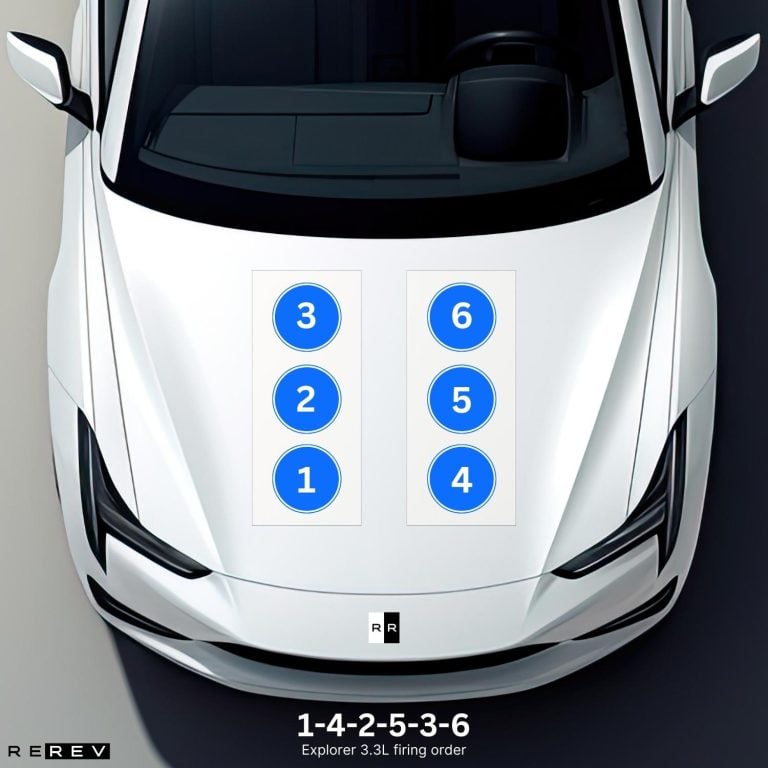
Finally, we’ve got the 3.3-liter Explorer engine which is a V6 hybrid used in the higher trim of the model. The Ford Explorer 3.3L firing order is 1-4-2-5-3-6 with the hybrid powertrain component in the form of the electric motor that adds to the power output.
Once again, the engine uses the good old Ford V6 configuration with cylinders 1, 2, and 3 on the right side and cylinders 4, 5, and 6 on the left side.
Our take
Now that we’ve cleared that up when it comes to the Ford Explorer firing order, we hope you’ll have an easy time working on your engine. So many different variations of I4 and V6 engines could be a bit confusing, but this guide has luckily shed some light on that.
Just make sure to always check the cylinders in the exact firing order and it should do the trick of preventing misfires or overheating.